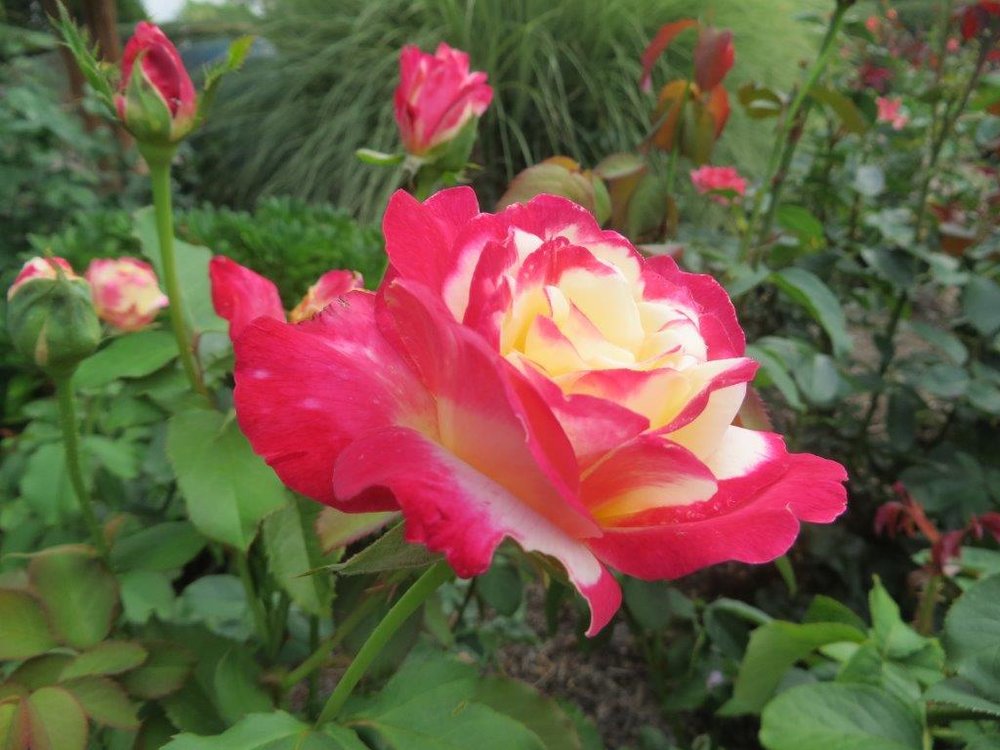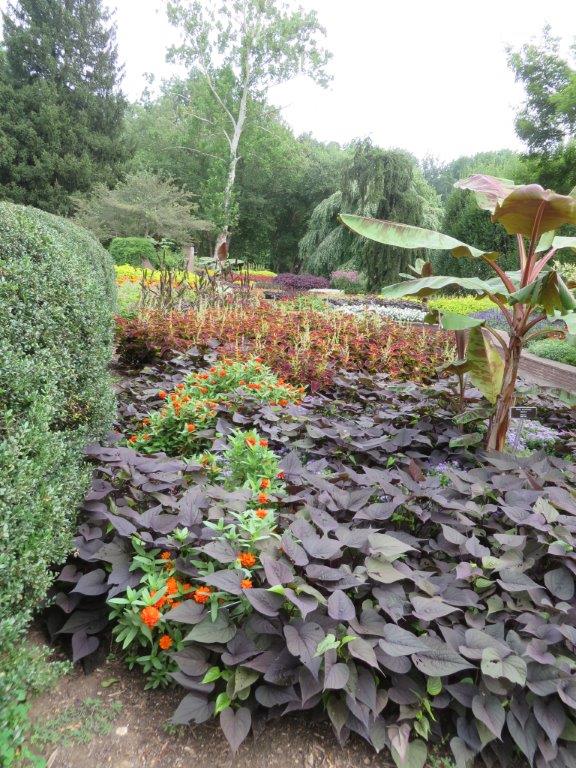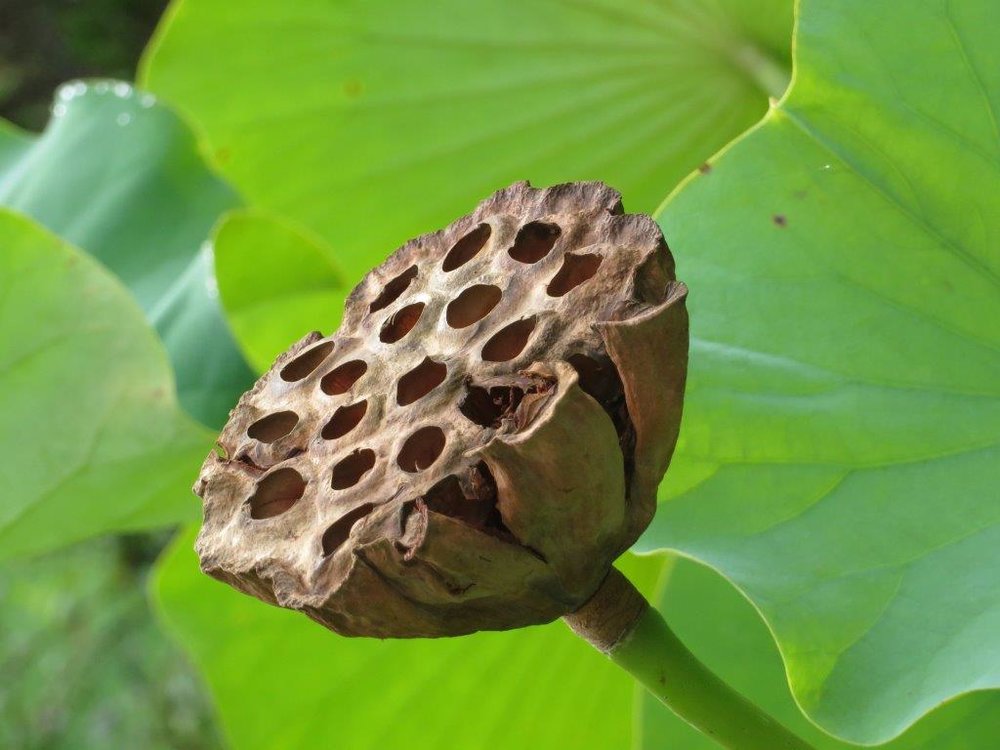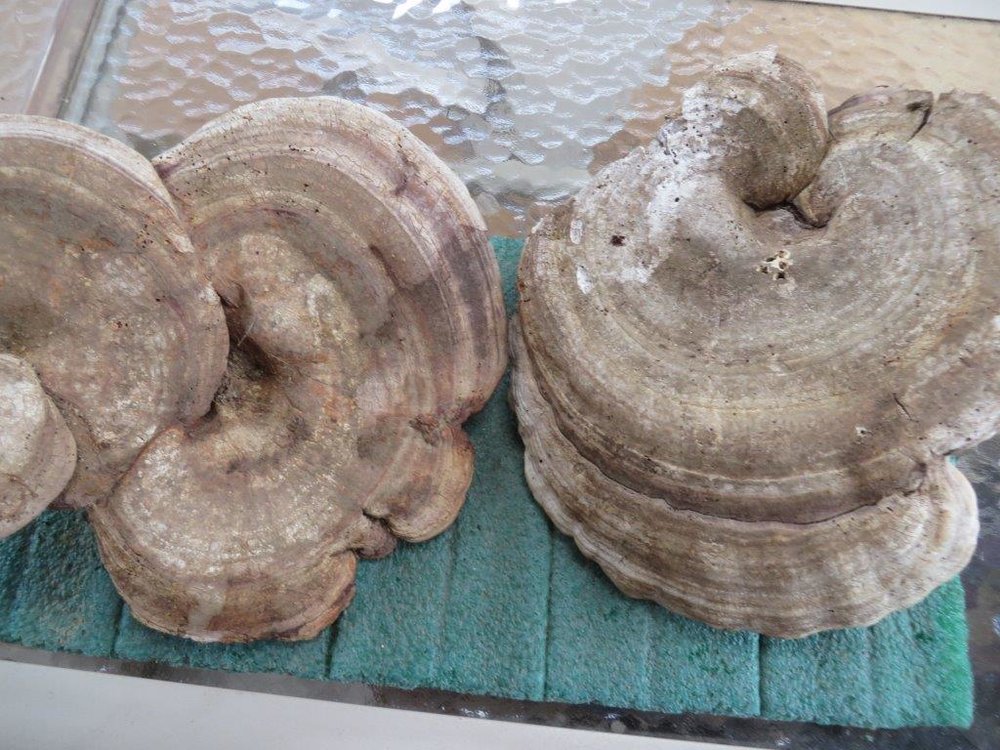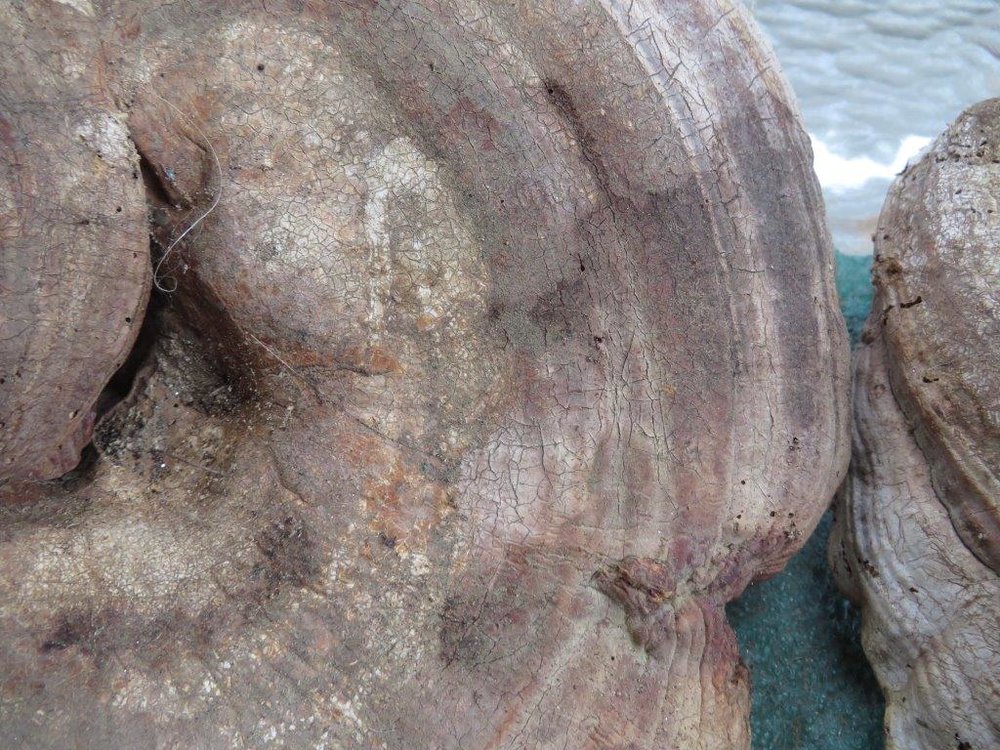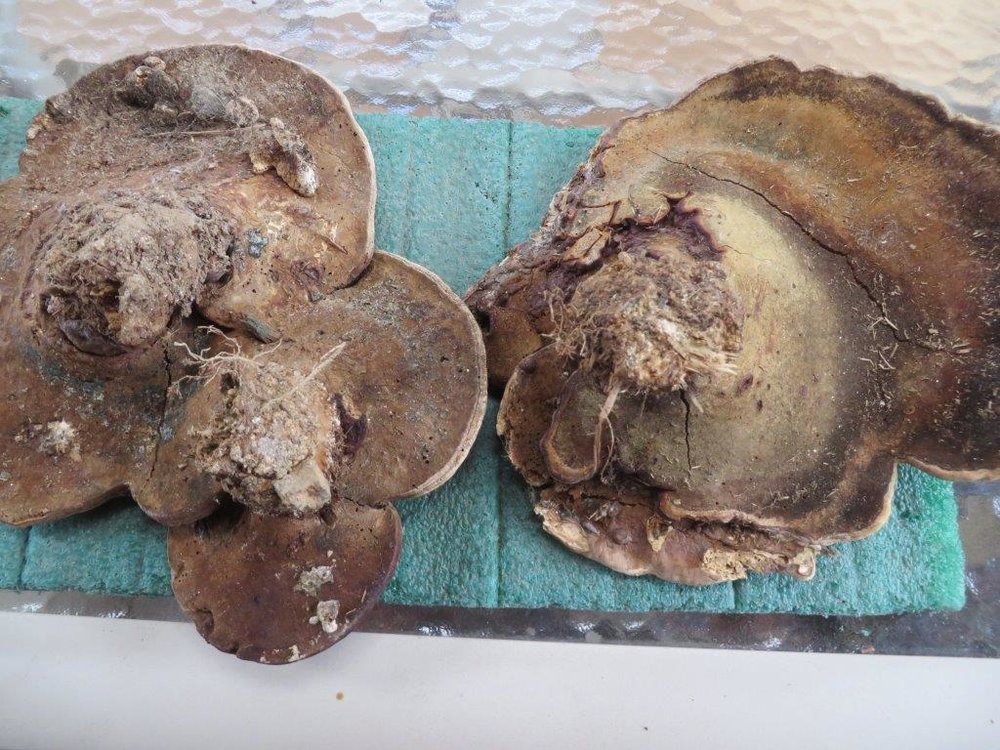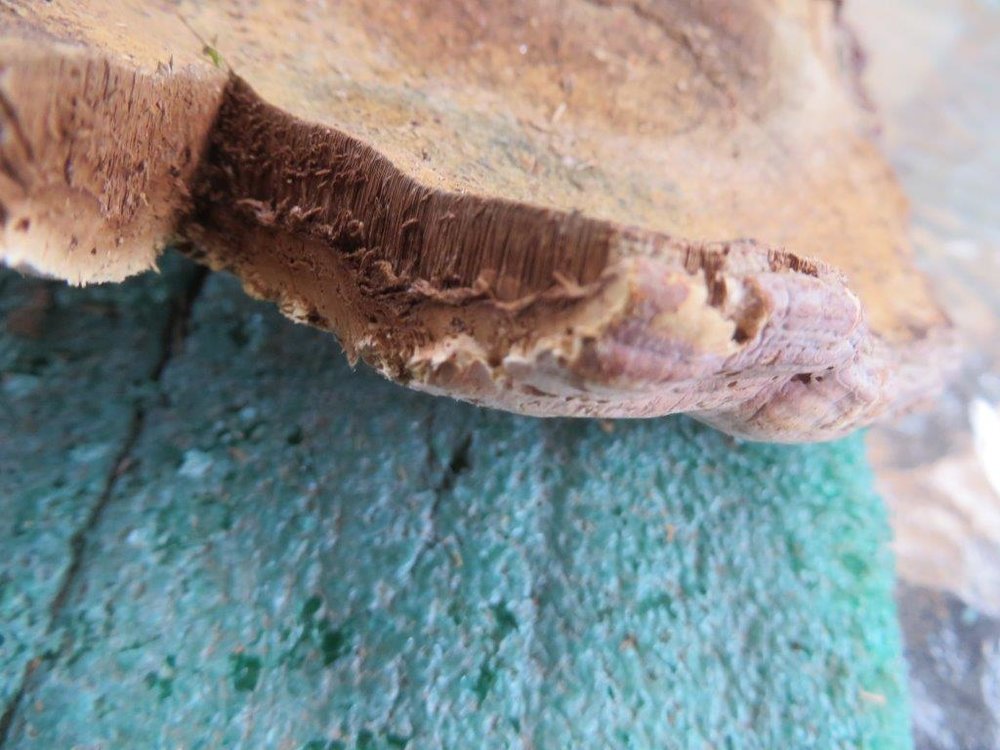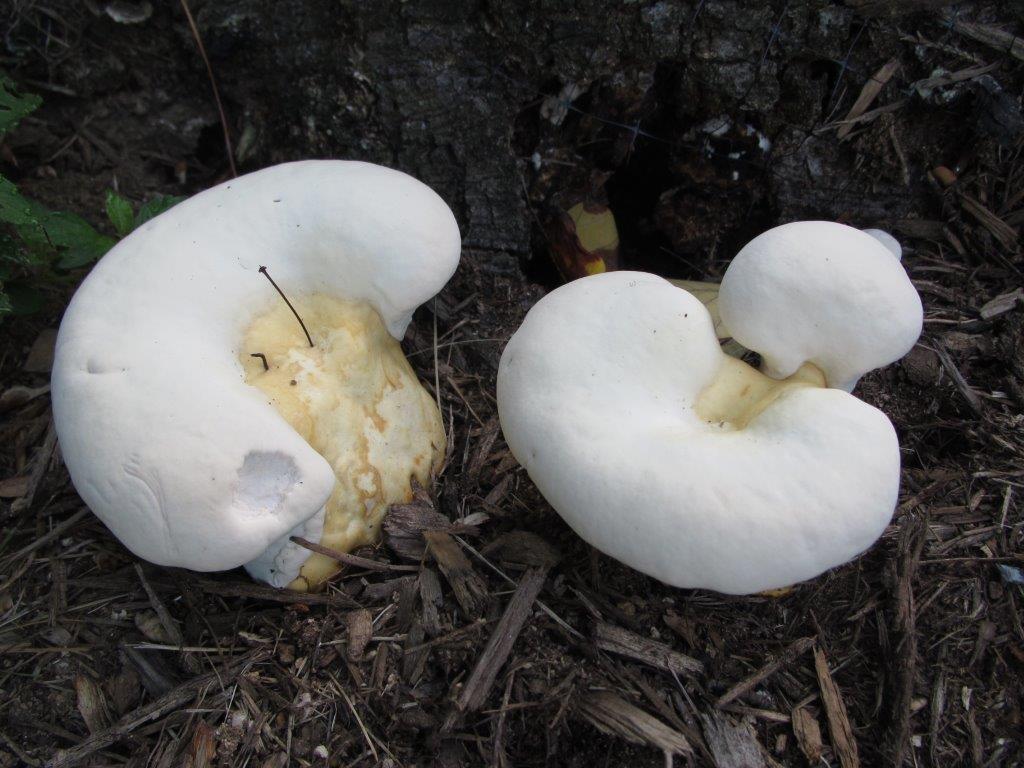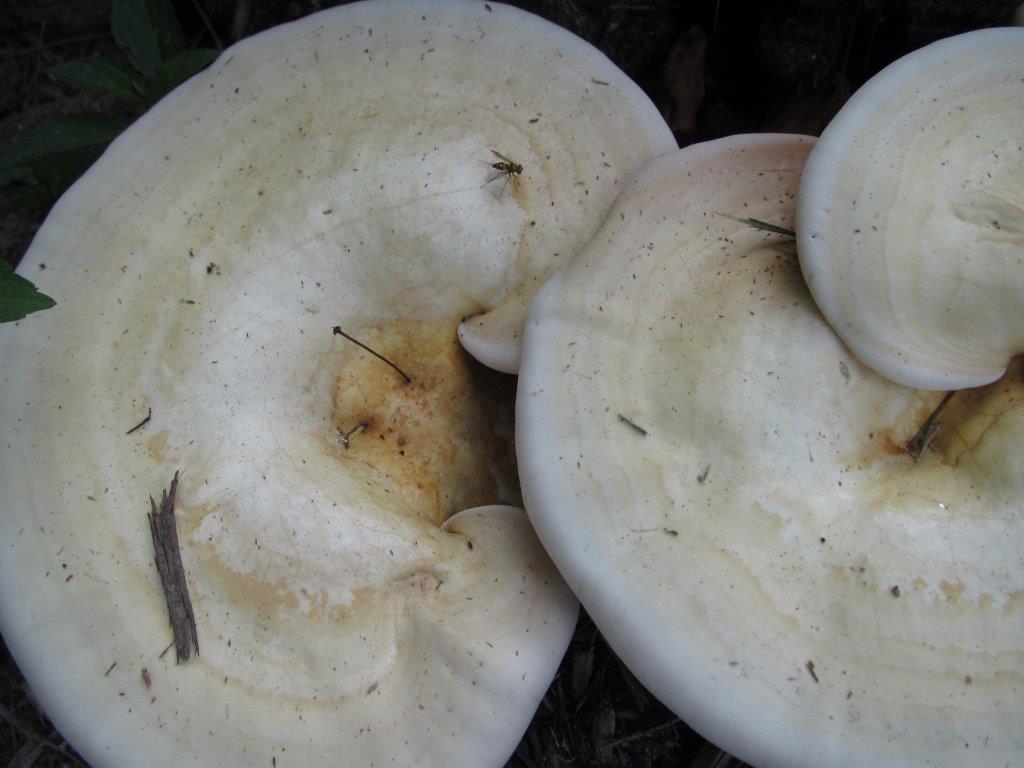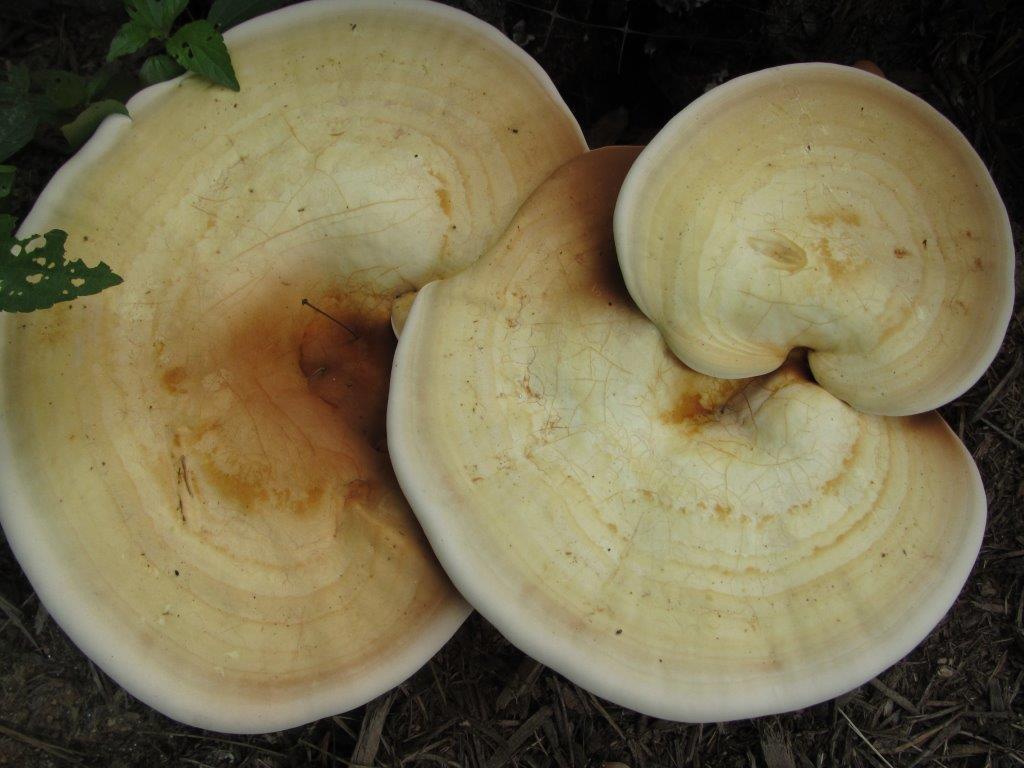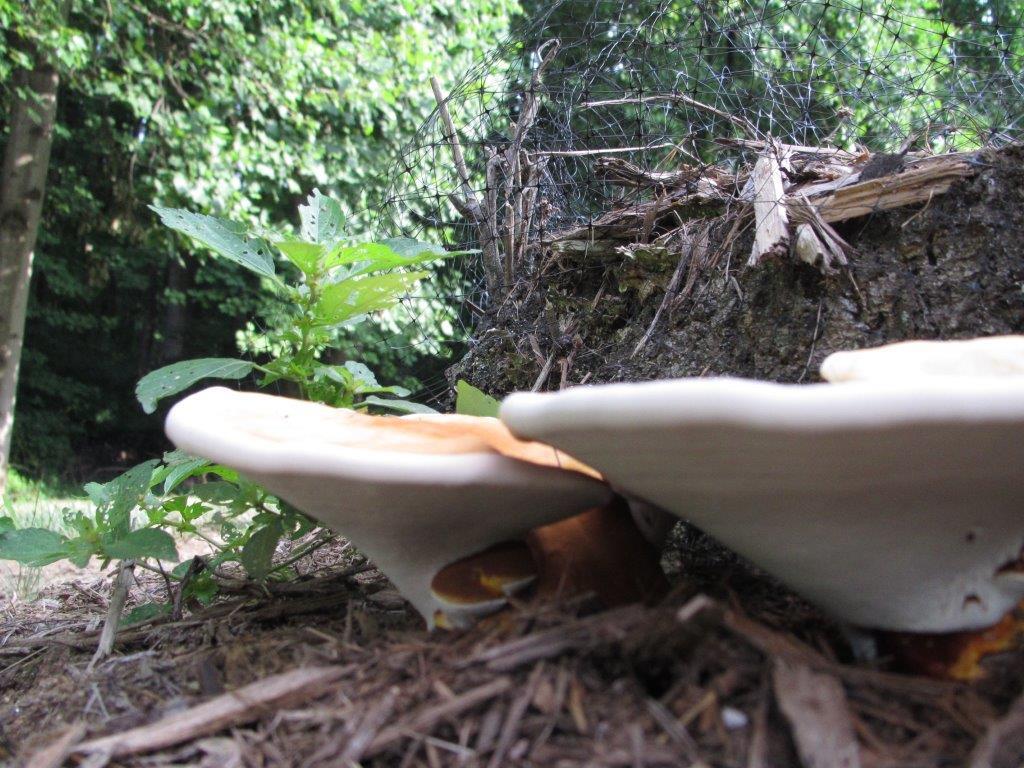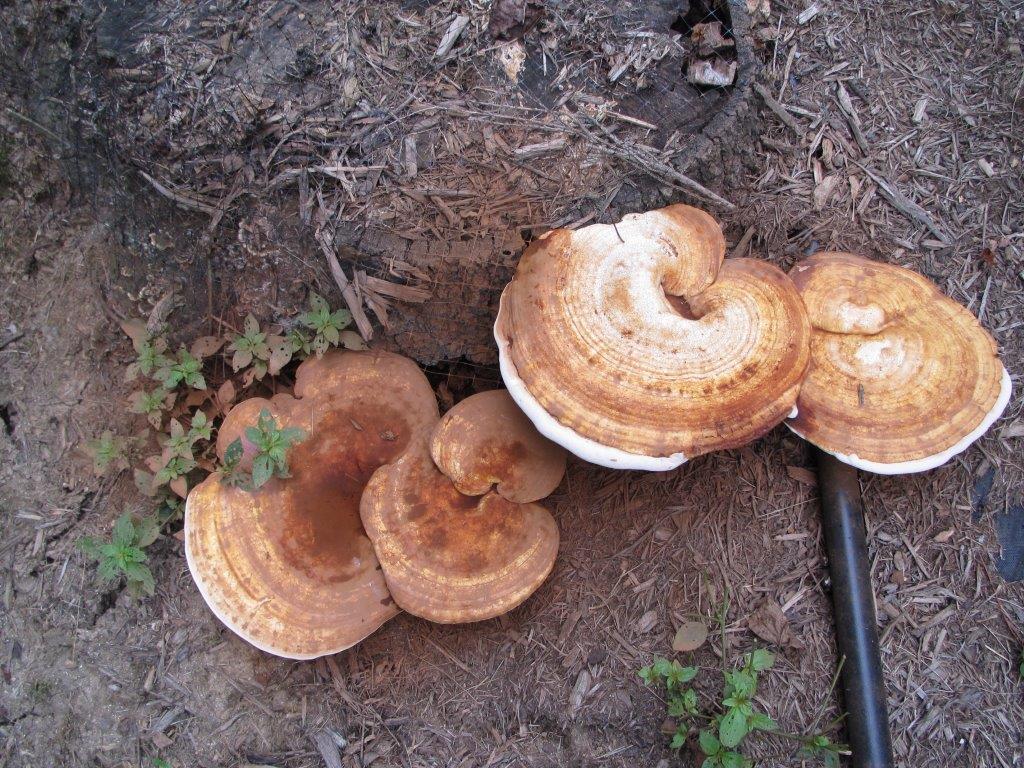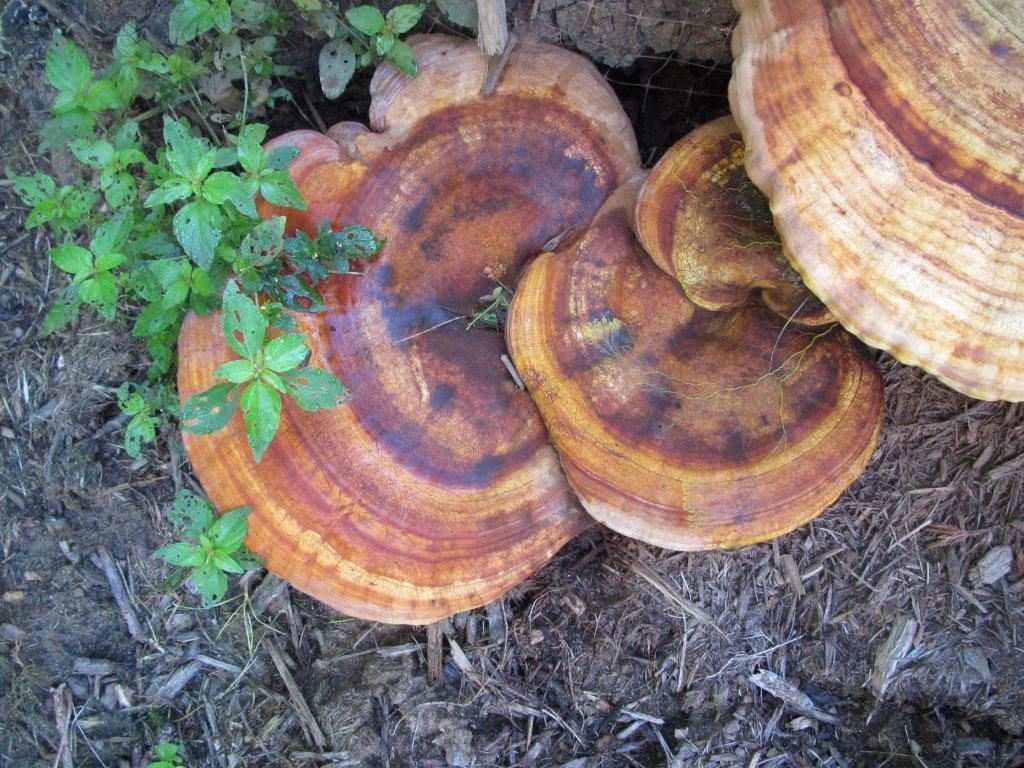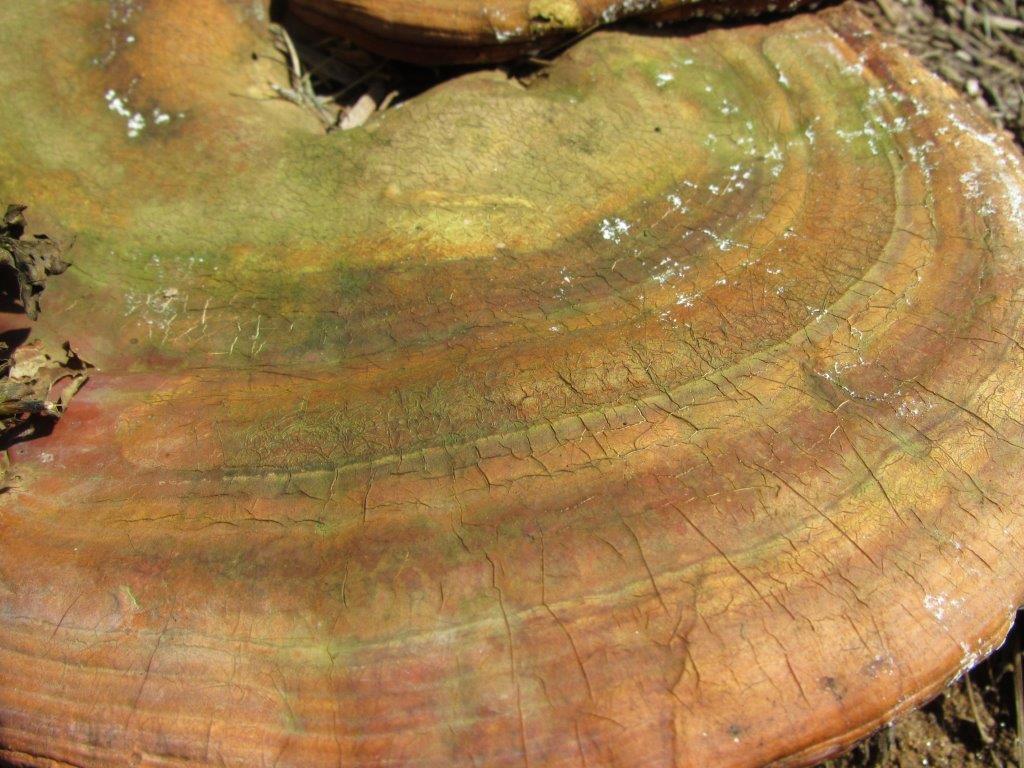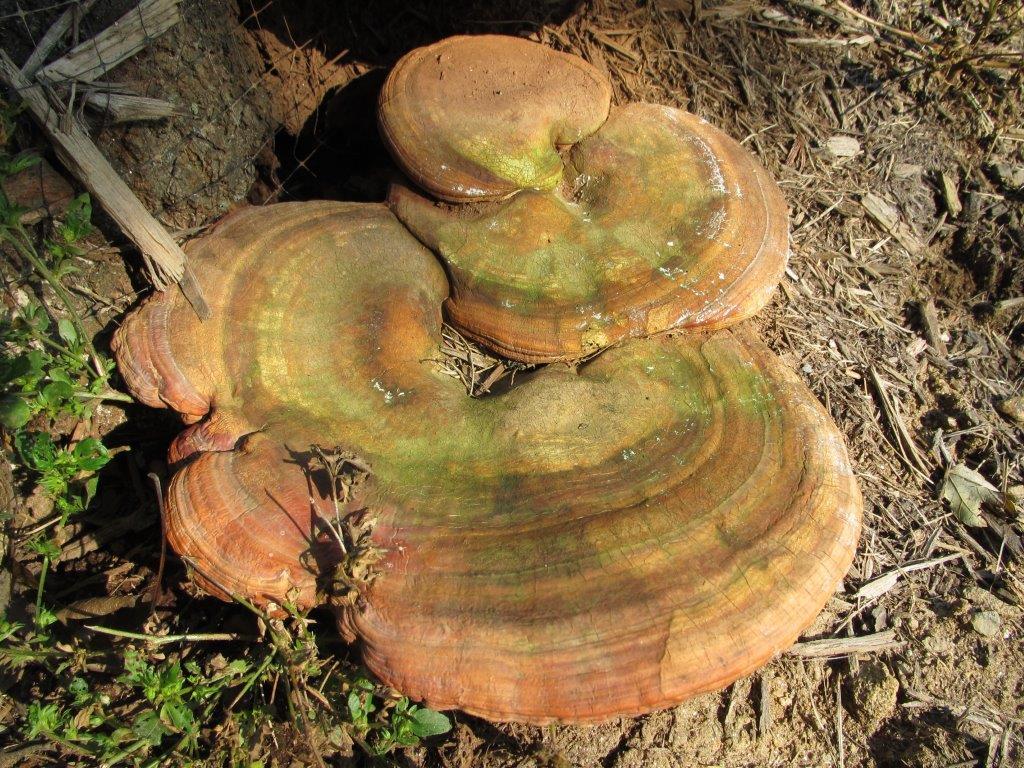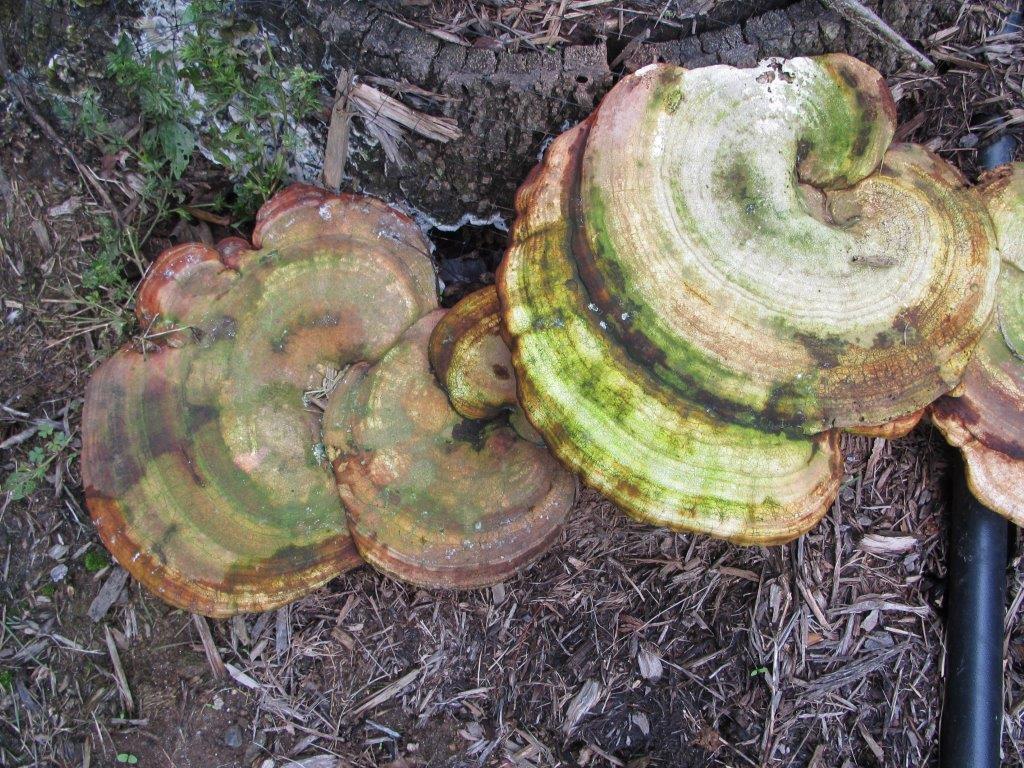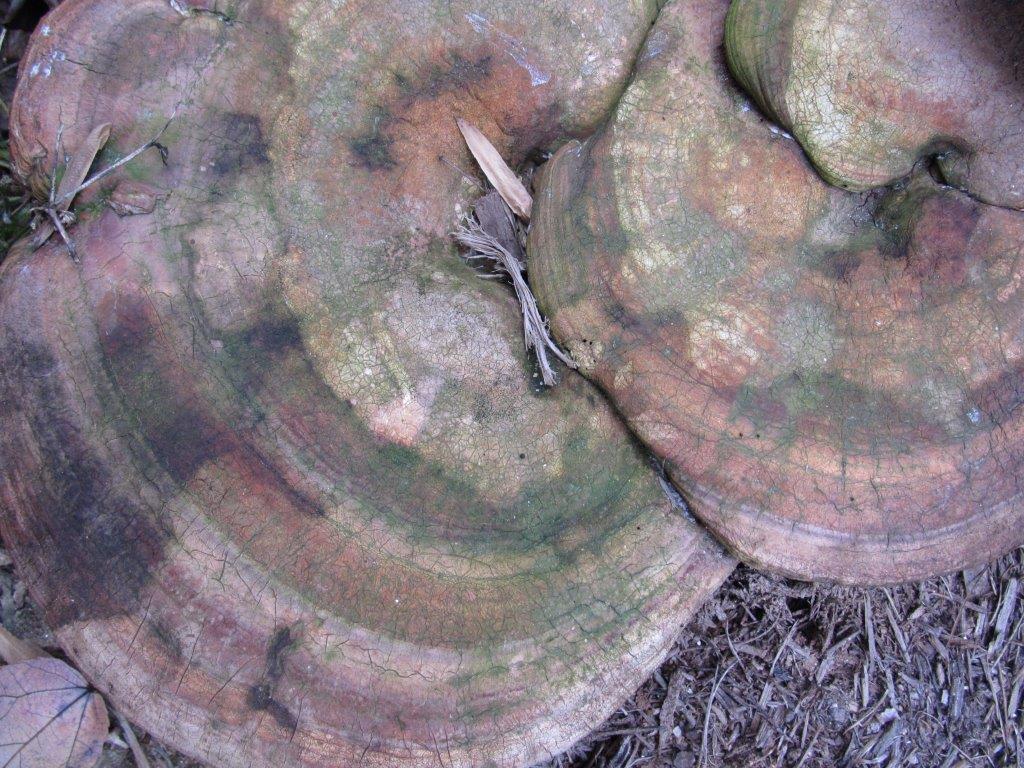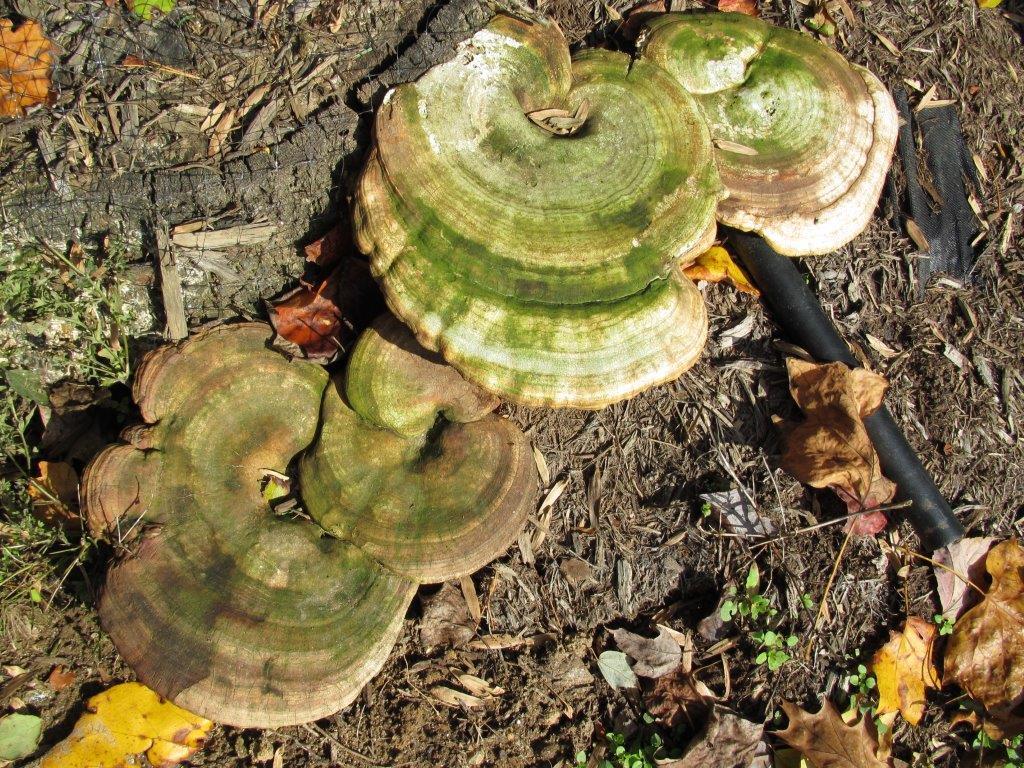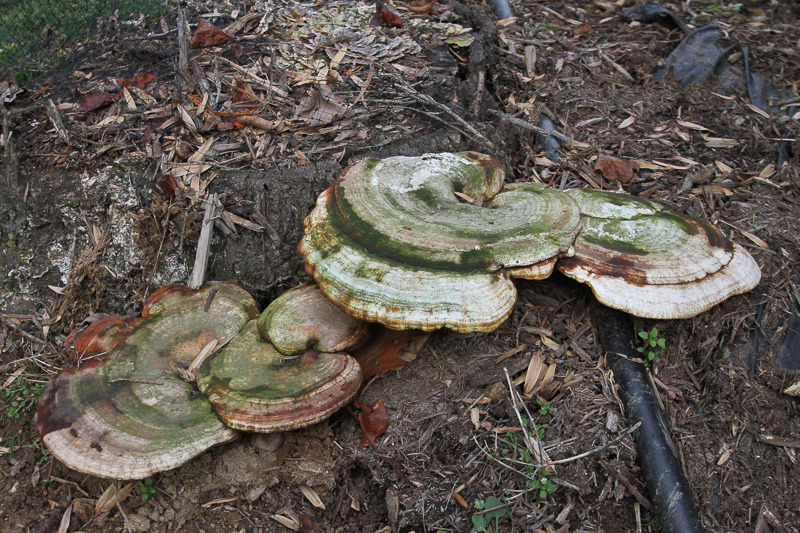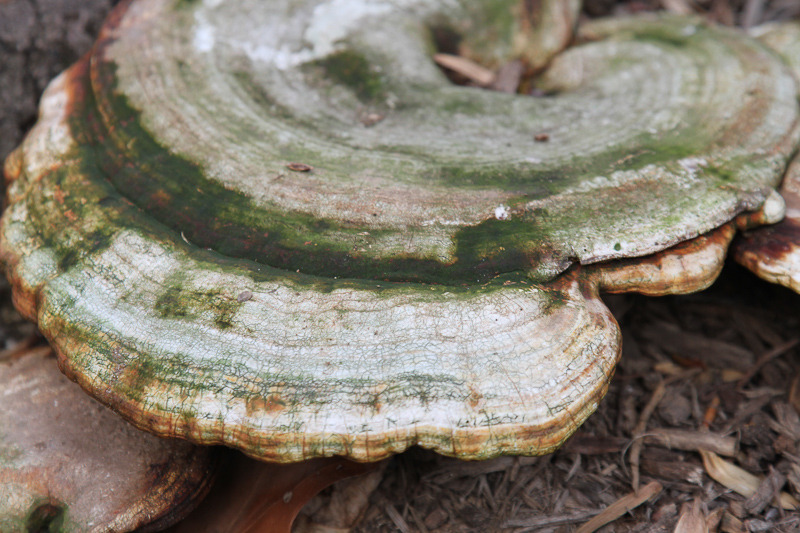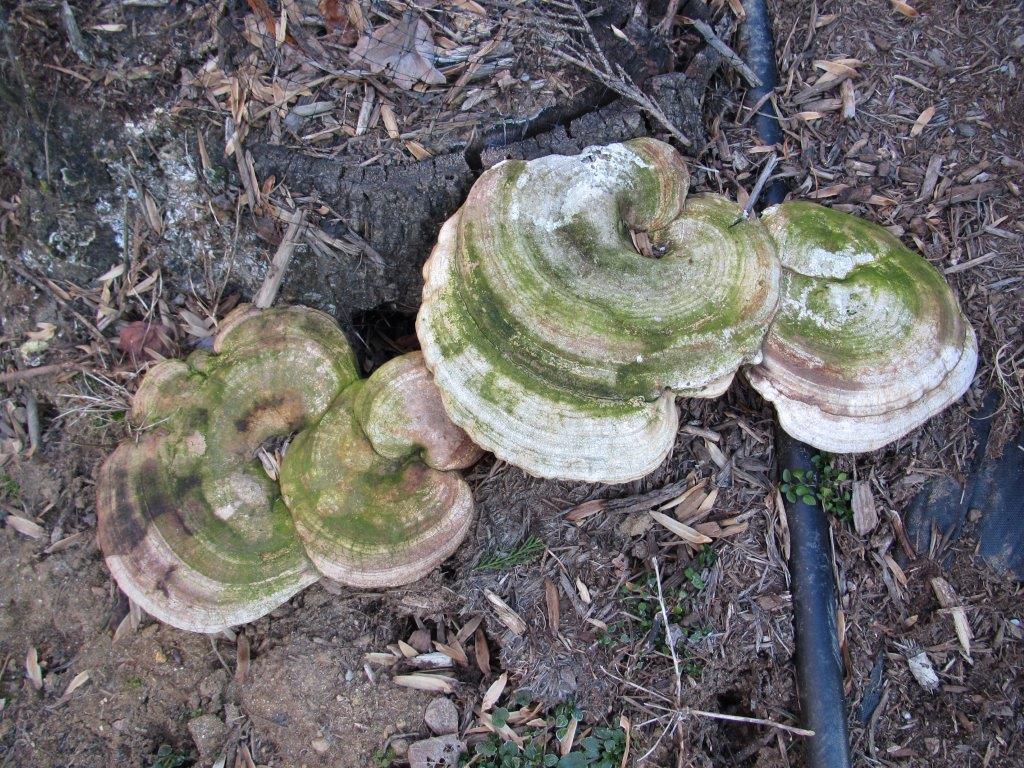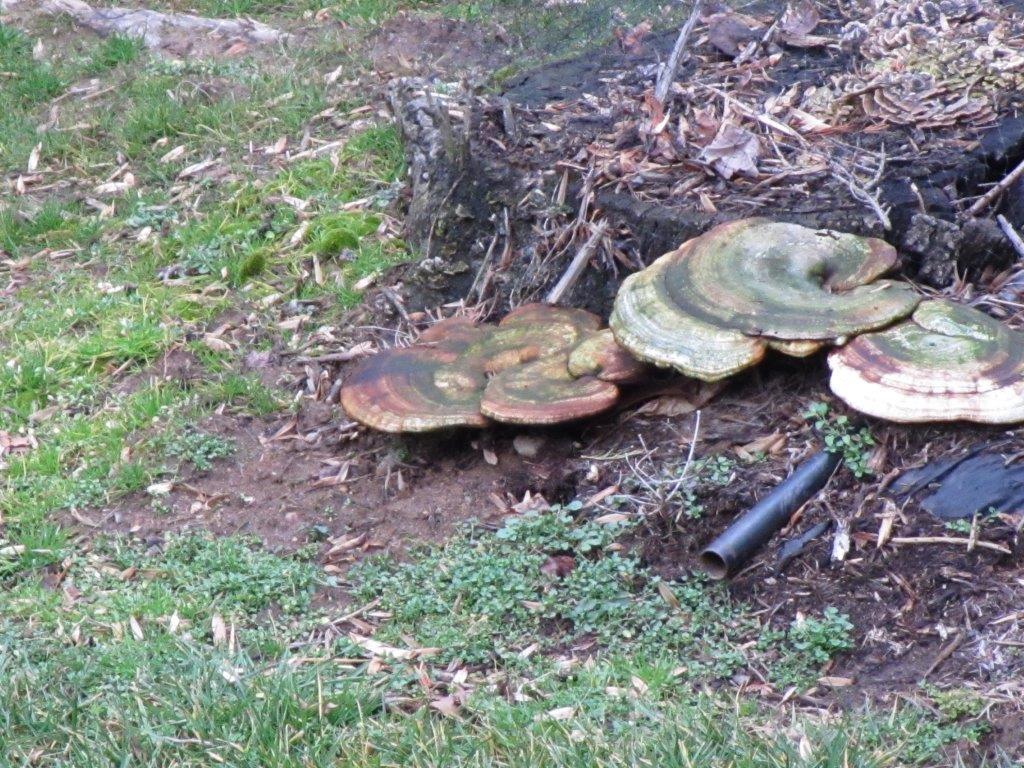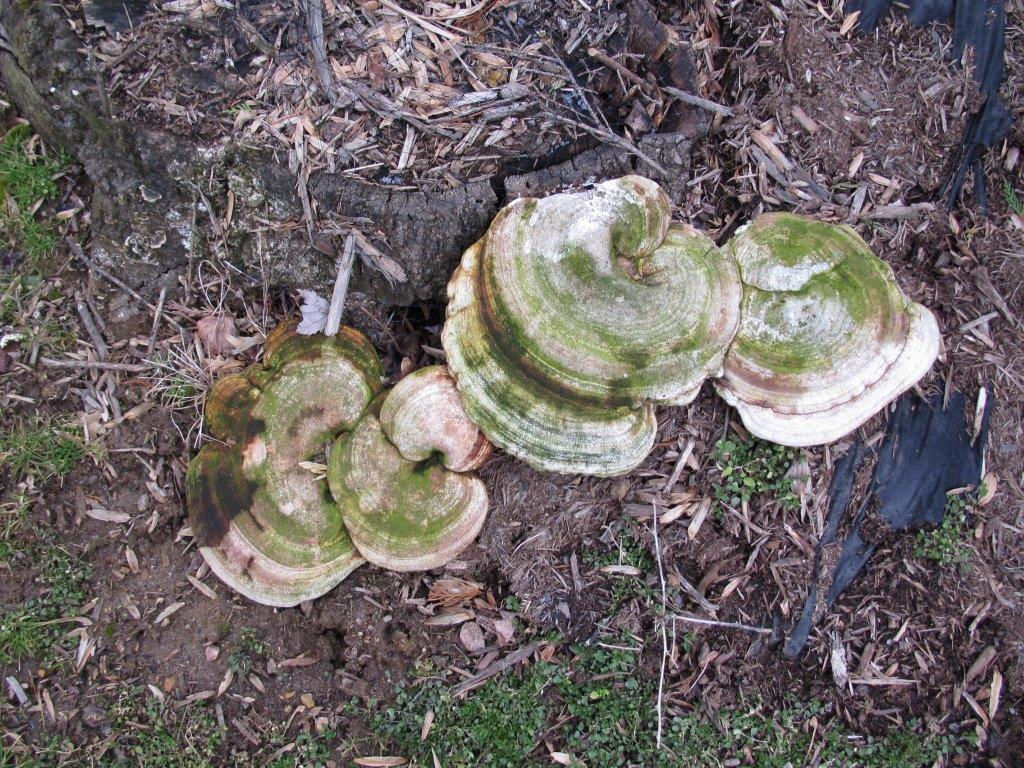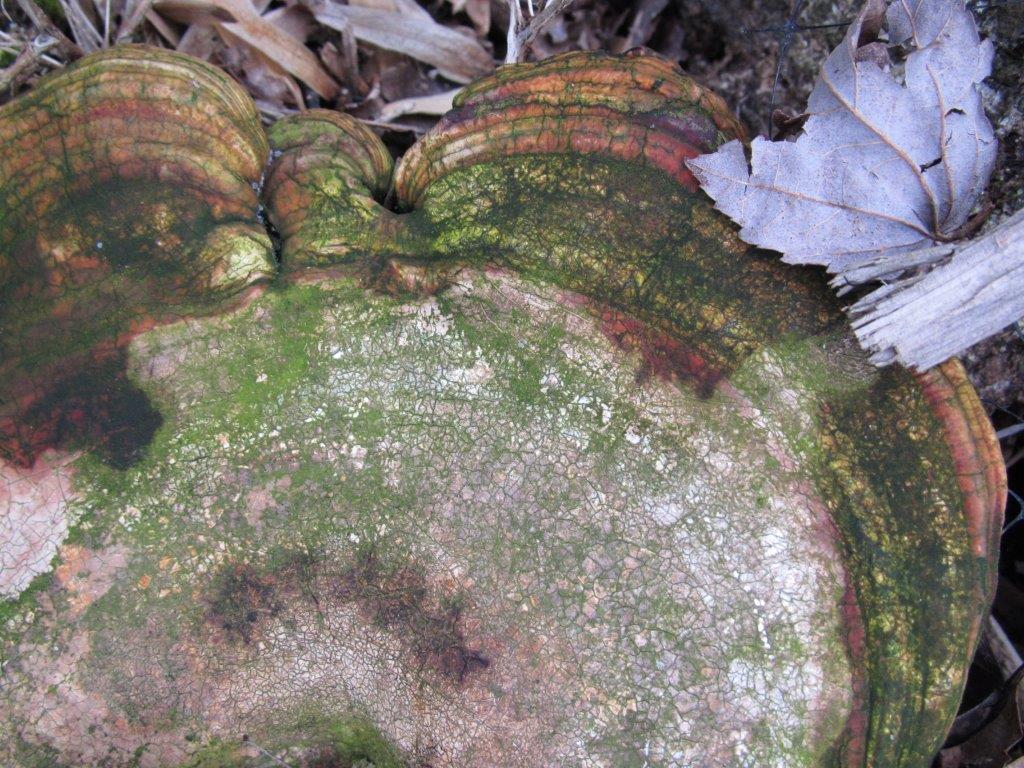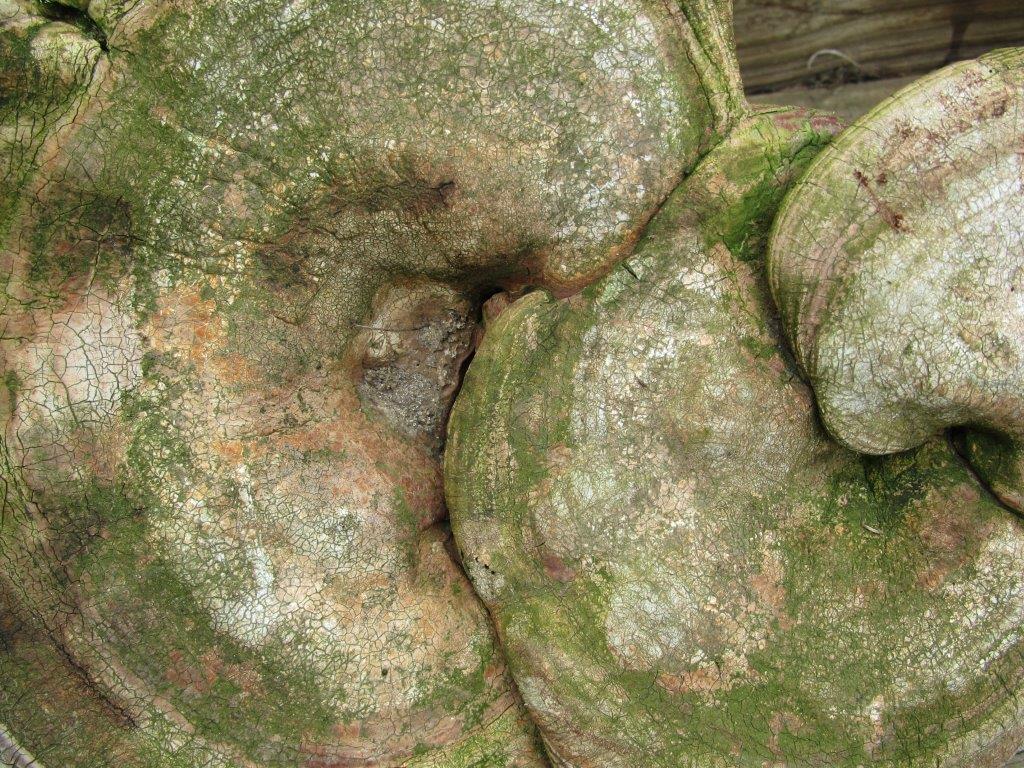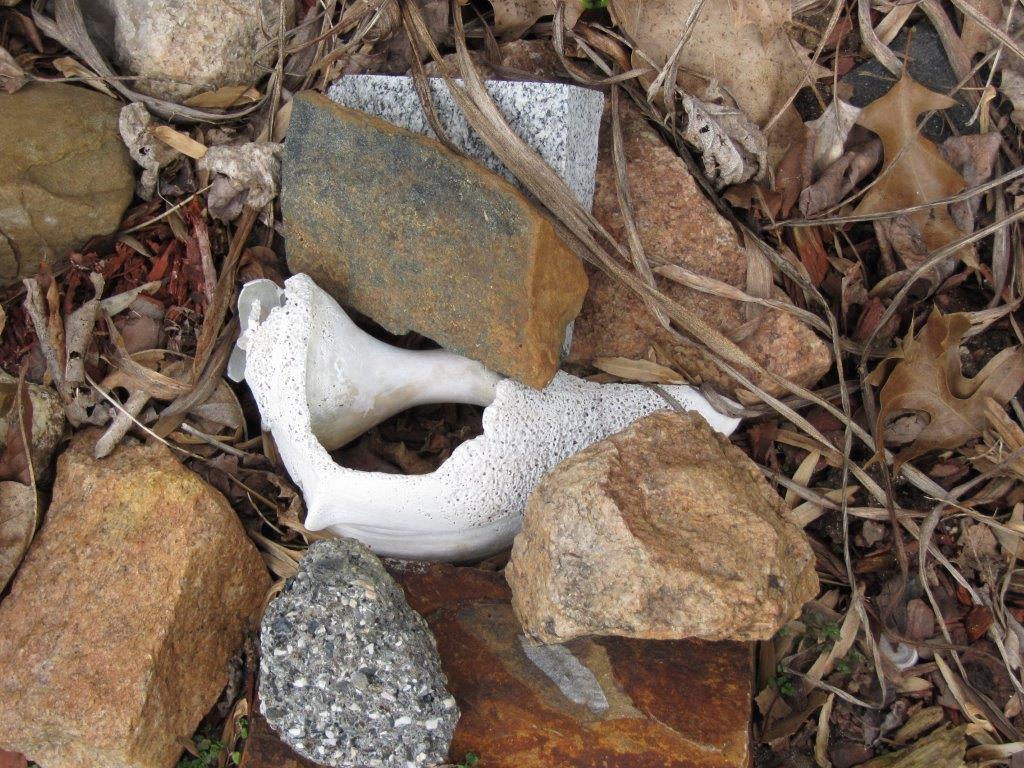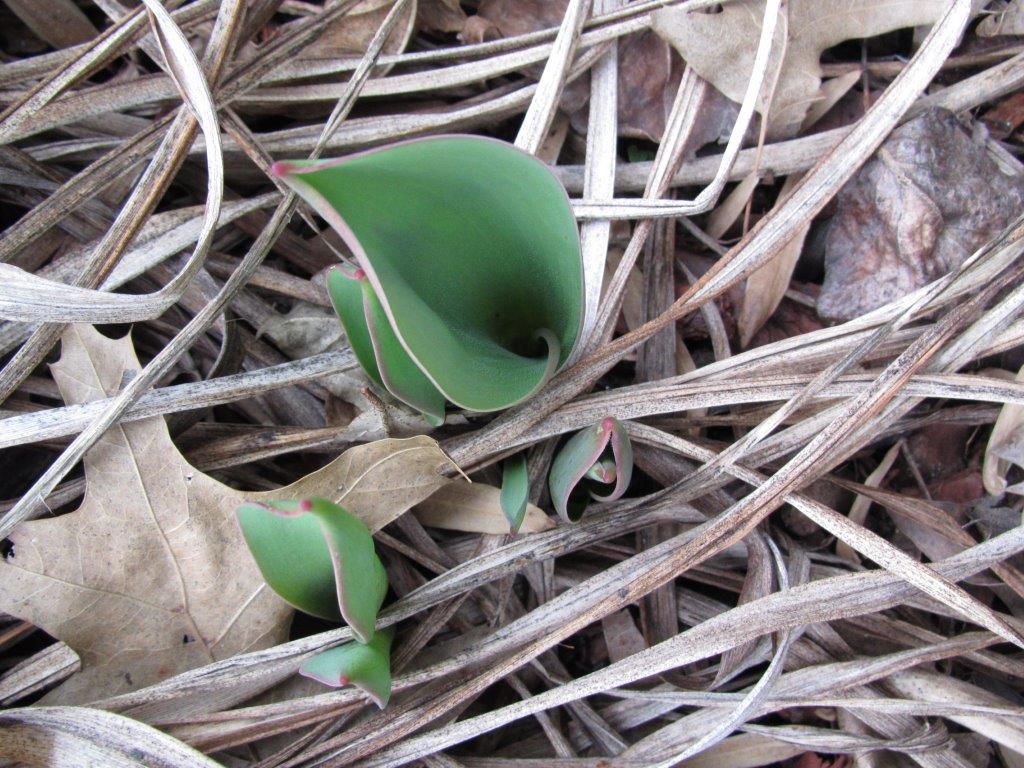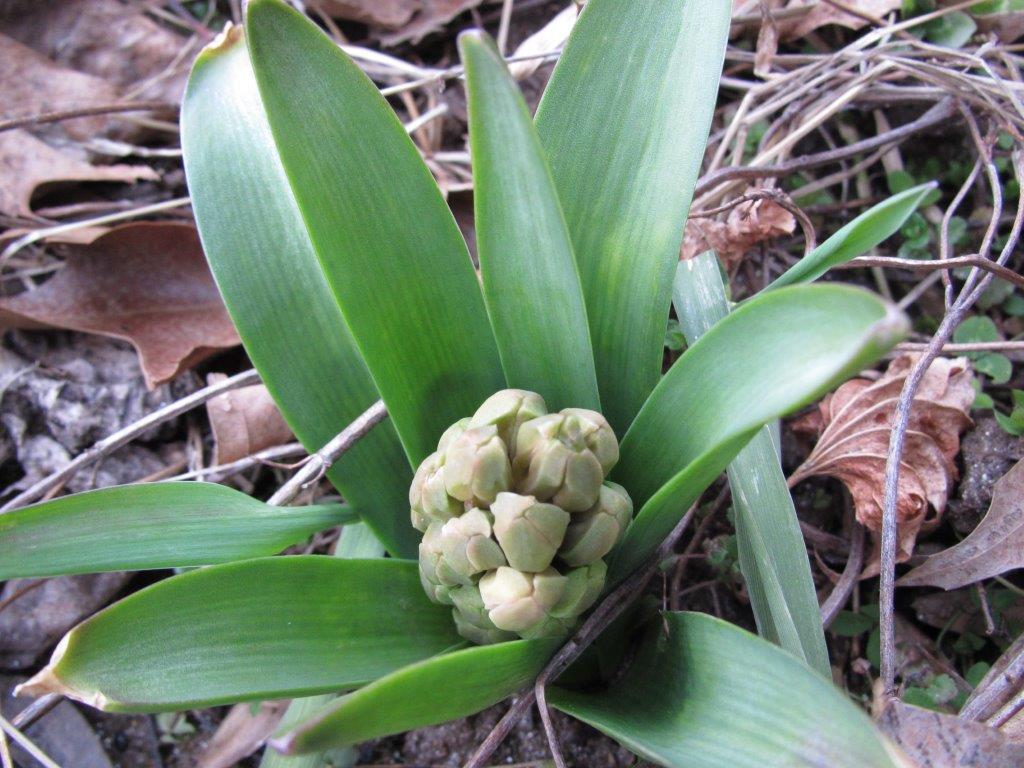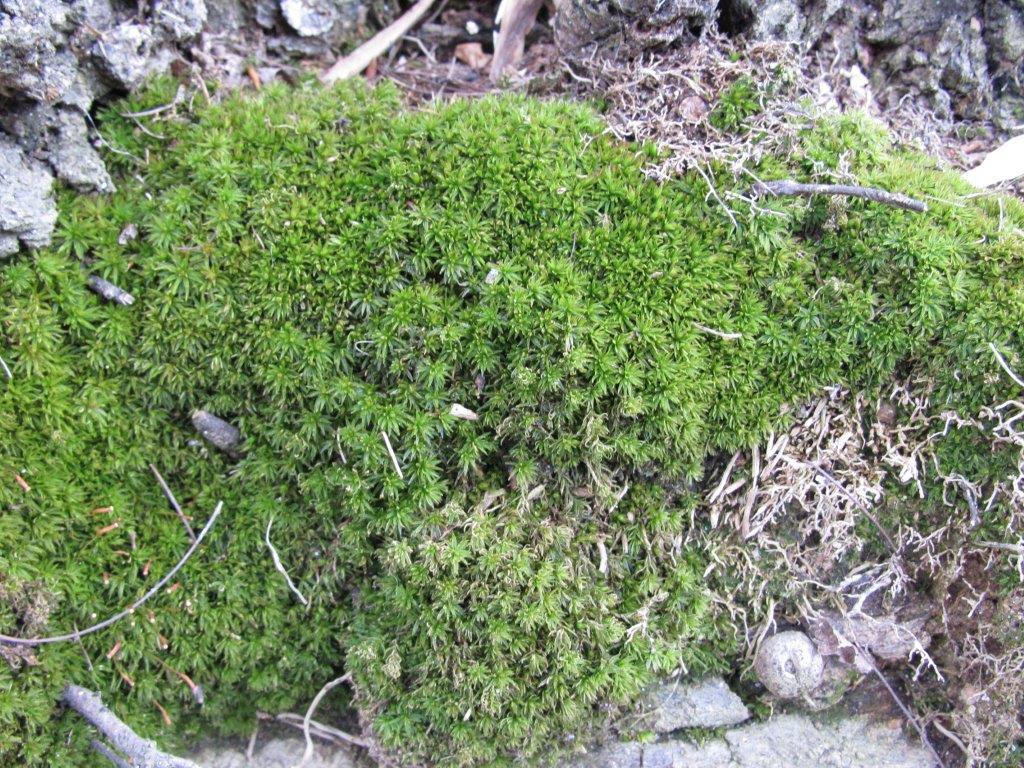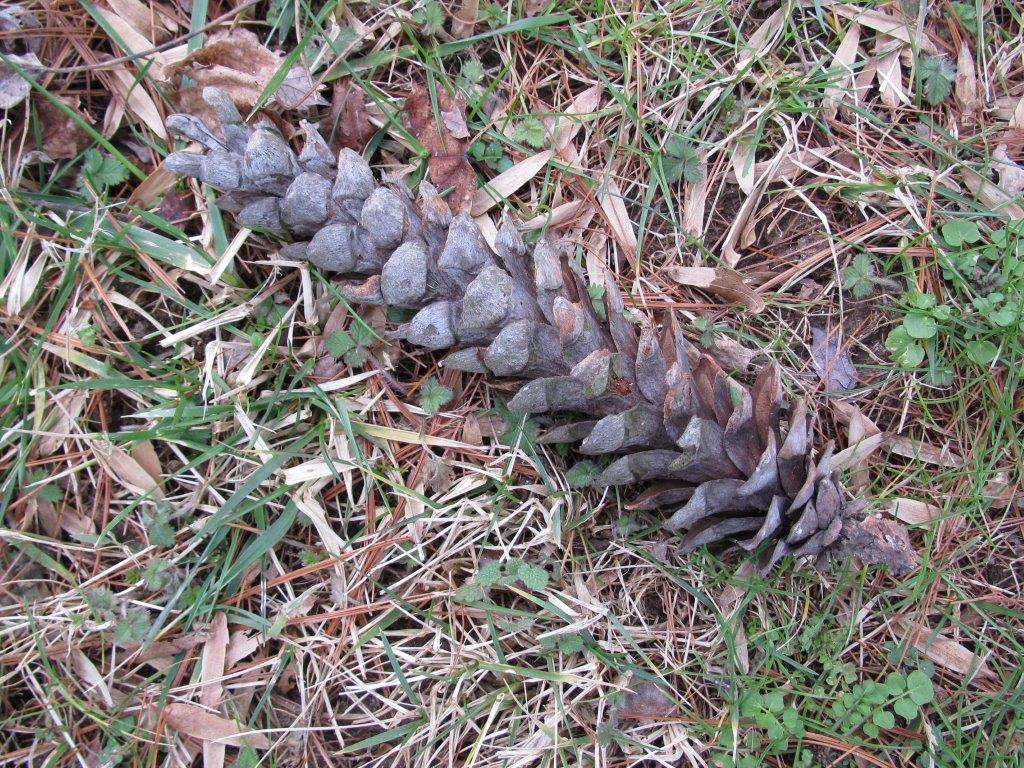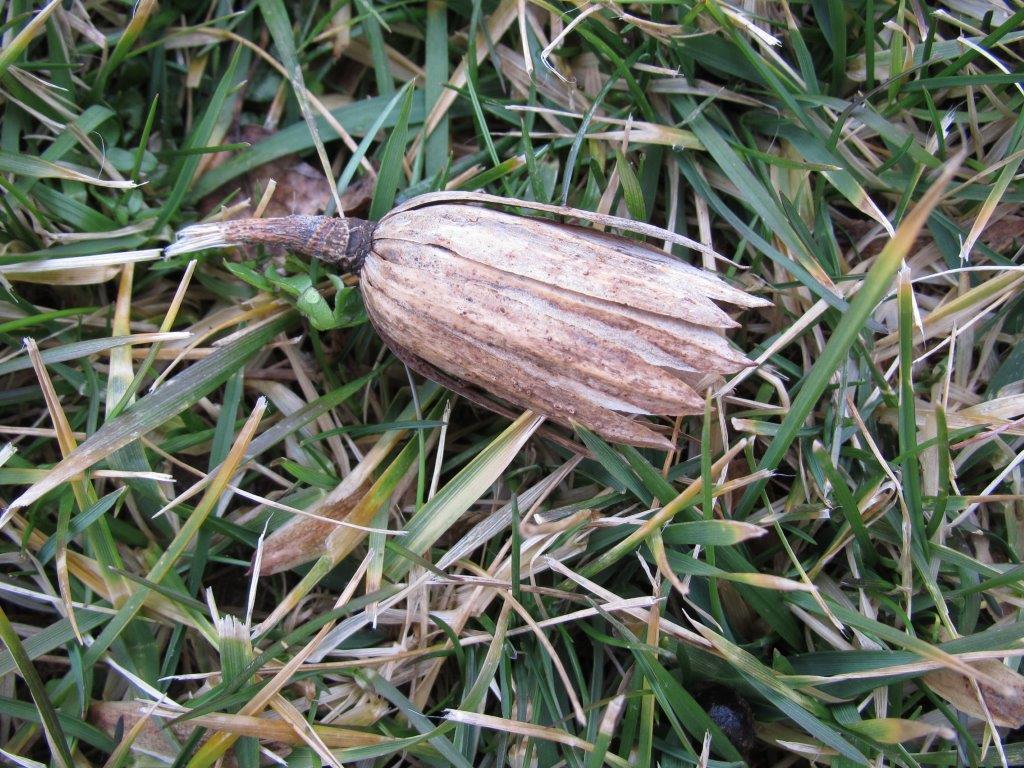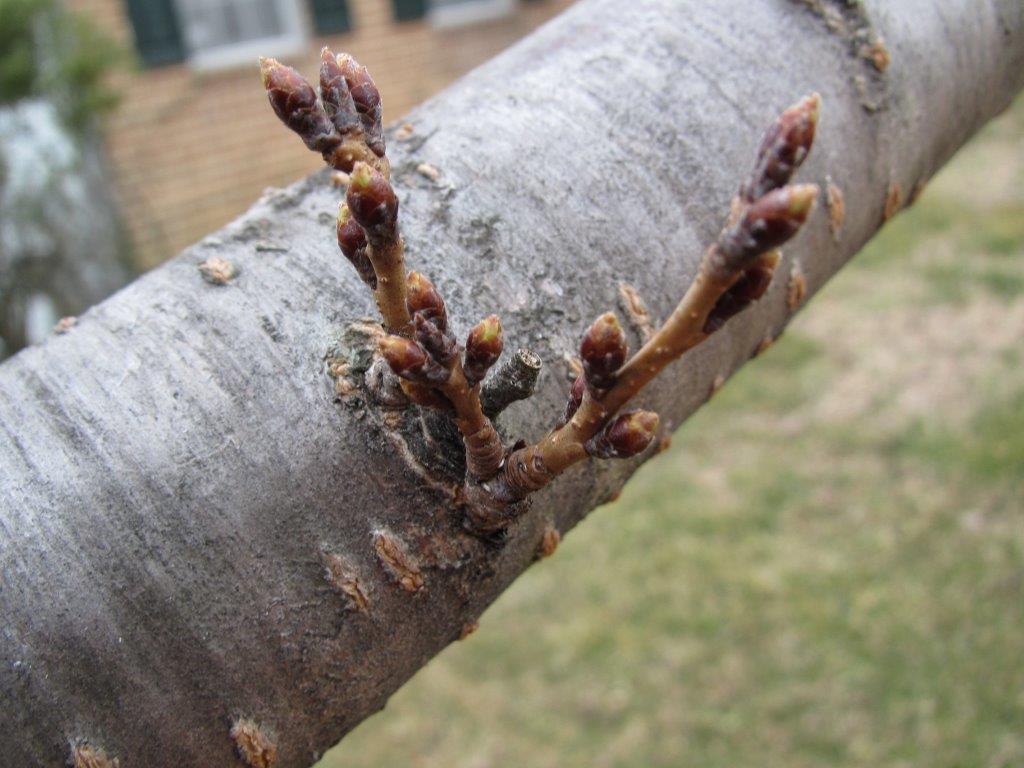Gleanings of the Week Ending November 30, 2013
/The items below were ‘the cream’ of the articles and websites I found this past week. Click on the light green text to look at the article.
Early Uses of Chili Peppers in Mexico - Capsicum residue found in different kinds of vessels…showing that chili peppers may have been used in a variety of ways in the centuries before the time of Christ.
Mind the Clock - Inforgraphic about the various ‘clocks’ in the human body.
Feathery Fungi - I almost enjoy finding shelf fungi…and these turkey tails seem particularly appropriate for the weekend after Thanksgiving.
Cataract Surgery Saves $123.4 Billion in Costs, Delivers 4,567% Return to Society - I hope that this kind of analysis is done for more kinds of medical interventions. Cataract surgery may be a bright positive star compared to other procedures.
Washington: A world apart - There are a lot of Super Zips (zip codes where the average median household income is $120K and 7 in 10 adults have college degrees) around Washington DC. The graphic at the beginning of the article is interactive - put in your zip code to find out the income and education for your zip code.
The Unsung Women of Tech - 13 women highlighted by Computerworld as part of the celebration of Ada Lovelace Day back in October.
Stunning Macro Details of Uniquely Beautiful Snowflakes - Just in time for winter….some snowflake photographs.
Maps of What the Earth Would Look Like If All Ice Melted - Lots of coastal population centers would be underwater.
Glaciers Sizzle as They Disappear Into Warmer Water - Audio recordings may be a viable complement to other measurements of ice melt.
Sour Cream Pumpkin Bundt - Yummy Bundt idea…and I still have lots of pumpkin in my freezer.



